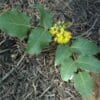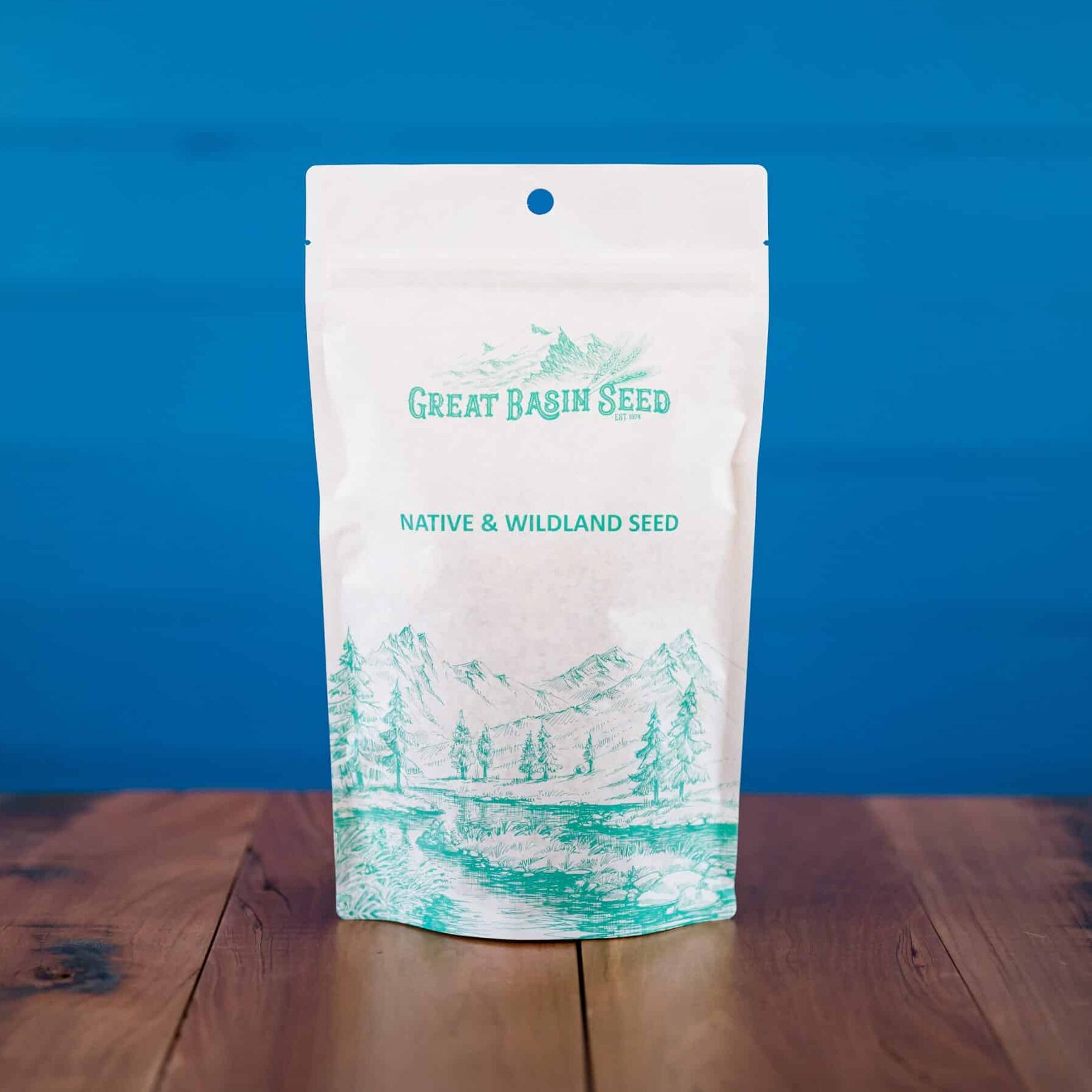Oregon Grape (Mahonia repens), previously known scientifically as Berberis repens. Also known commonly as Creeping Mahonia
It is shade tolerant and typically found in shrublands, rocky woods and coniferous forests in the Pacific Northwest and northern California. It is drought tolerant and can be found in relatively sunny areas as well.
Tall Oregon grape spreads by its below ground root system (rhizomes), though it can also regenerate by seed.
Tall Oregon Grape (Mahonia repens) is an evergreen shrub, typically growing in the forest understory. In California and the Pacific Northwest, one of the most common species—and Oregon’s state flower—is Berberis aquifolium
Outside it’s native range, has the ability to displace native vegetation. Medicinal uses of this plant includes skin diseases and noted for its anti-inflammatory and anti-bacterial properties.
It feeds and shelters wildlife. Its berries nourish grouse, pheasants, robins, sparrows, and other fruit eaters (frugivores), including foxes and raccoons. Painted lady butterflies, mason bees, and other invertebrates drink its flower nectar. Small animals find cover in its densely clustered leaves.
Helpful Links
Additional information about this product can be found on the academic websites linked below.
Synonyms
Many plants have more than one common and scientific name. We've listed a few of them below.
- Oregon Grape
- Mahonia aquifolium
- Oregon hollygrape
- Tall Oregon grape
- Hollyleaved barberry
- Creeping barberry.
Who is Great Basin Seed?
Great Basin Seed is a seed company that specializes in seed sales and consultation for home, ranch, farm, range and reclamation. We have been a leader in the seed industry since 1974.
Our History
We've been in the seed business since 1974.
What We Offer
We offer seed for home, farm, ranch, range and reclamation projects.
Meet the Gang
We have the best employees in the world! We are proud of the work they do, and trust them to serve you!
Right: Company founder Lloyd and his wife Paula Stevens in a wildflower seed production field circa 1977





